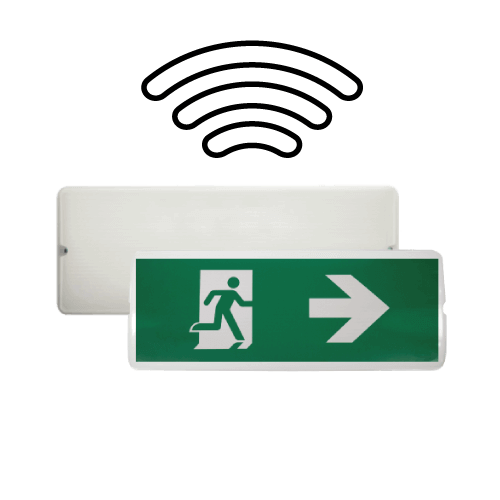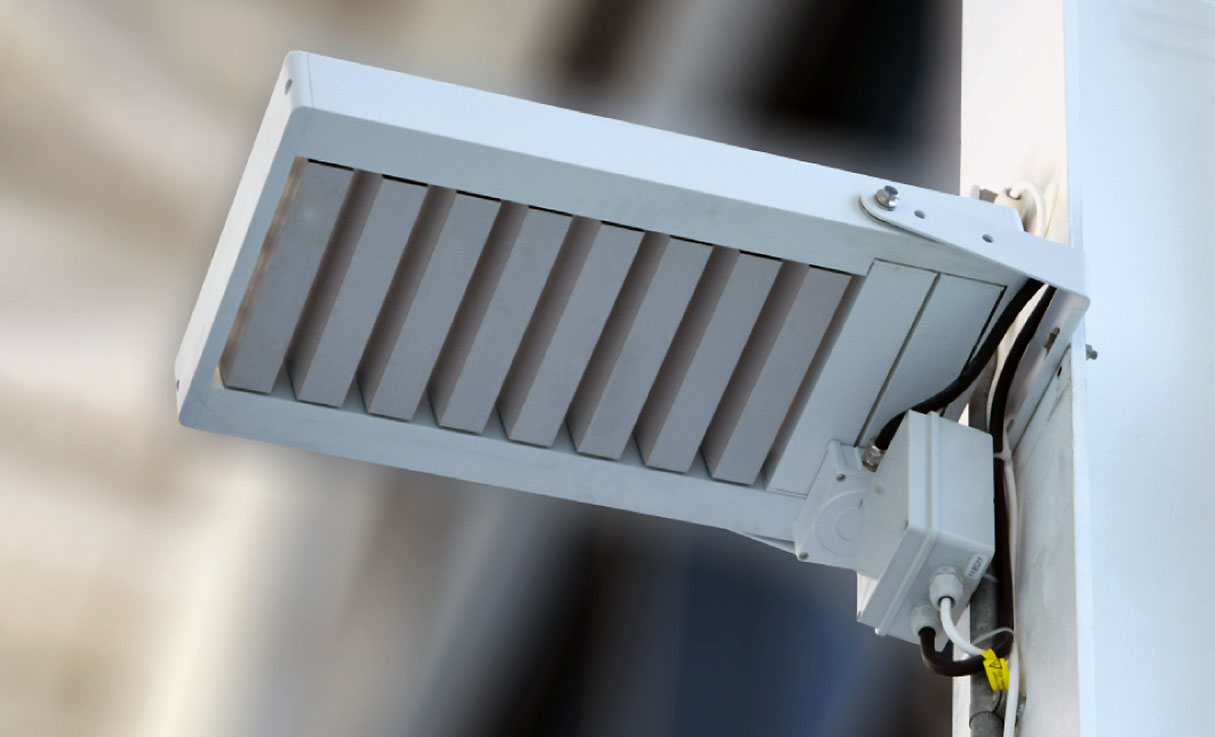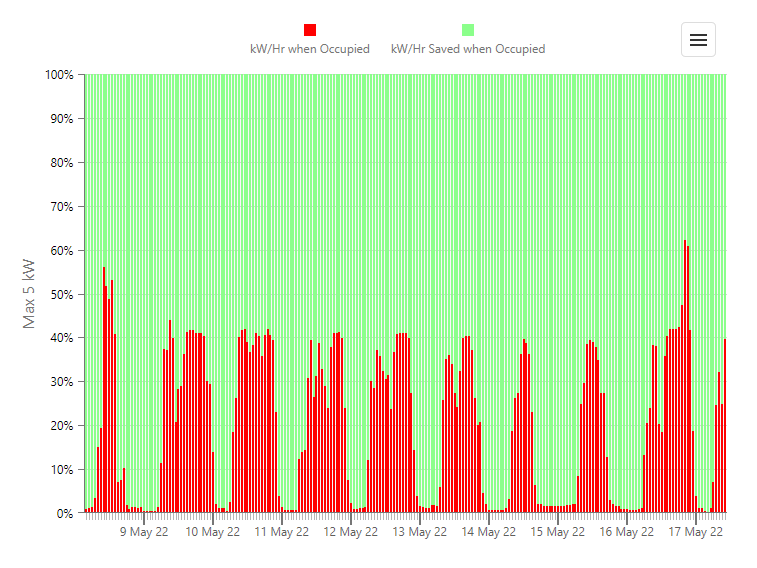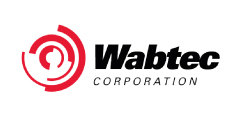Wireless Lighting Controls for Business Efficiency

Wireless Controls Introduction
In the realm of commercial and industrial operations, efficiency isn't just a buzzword; it's the backbone of sustainability and growth. With the advent of LED lighting solidifying its status as the preferred choice for energy-conscious businesses, attention has now shifted towards optimising these systems for maximum efficiency and utility. Enter wireless lighting controls, a technology that promises to redefine how businesses illuminate their spaces.
Key Takeaways
- Wireless lighting controls boost business operations with seamless integration and industrial-grade performance and reliability.
- These controls easily integrate with existing electrical infrastructure.
- The technology supports dynamic lighting adjustments, scalability, and real-time monitoring (including energy, environmental, and emergency).
- By tailoring lighting based on actual needs, businesses can achieve significant energy savings and reduce operational costs.
- The modular nature of wireless lighting controls makes maintenance and upgrades straightforward.
The Evolution of Lighting Controls: From Wired to Wireless
Gone are the days when lighting systems were hard-wired, cumbersome to reconfigure, and a nightmare to upgrade. The evolution from wired to wireless lighting controls marks a significant leap forward, offering businesses an unprecedented level of flexibility and control over their lighting environments.
Important Features of Wireless Lighting Controls

Seamless Integration
One of the standout features of wireless lighting controls is their ability to integrate effortlessly with existing electrical infrastructure. This means businesses can adopt this technology without the need for extensive rewiring or downtime, ensuring a smooth transition to a more efficient lighting setup. In some cases, wireless lighting controls can be simply retrofitted alongside existing lights.
Industrial-Grade Reliability
Despite the wireless nature of these systems, they can offer industrial-grade reliability. This is crucial in environments where consistent lighting is non-negotiable, from manufacturing floors to retail spaces, swimming pool to offices. Powerful wireless nodes, and built-in command repeaters can accommodate complex spaces with thick walls and large distances.
Enhanced Flexibility and Scalability
Wireless lighting controls are not just about turning lights on and off remotely. Programming Tools enable businesses to create dynamic lighting scenes, adjust brightness levels, and even monitor energy usage and environmental parameters in real-time. This level of control and flexibility ensures that lighting can grow and adapt alongside the business.
Benefits for Business Operations

Energy Efficiency and Cost Savings
At their core, wireless lighting controls are about enhancing efficiency. By allowing businesses to tailor their lighting based on actual needs and occupancy, significant energy savings can be achieved, translating into lower operational costs. For example, if a warehouse aisle is occupied only 5% of the time, a grouped wireless occupancy control solution could reduce energy by 90%, while ensuring all the lights in the aisle dim up and down together.
Monitoring
Some wireless lighting controls provide connectivity to the internet (or “cloud”) via devices, often called "Gateways" or "Collators". This provides opportunities to monitor various key parameters, including energy, occupancy levels, environmental conditions, and emergency lighting status. Monthly reports can be emailed to team members, thereby reducing inspection costs while maintaining regulatory compliance.
Improved Employee Well-being and Productivity
Lighting plays a crucial role in employee well-being and productivity. Wireless controls can help create optimal lighting conditions, reducing eye strain and boosting morale, which in turn can lead to increased output. Occupancy controls can also avoid touchpoints and mitigate spreading of viruses.
Simplified Maintenance and Upgrades
The modular nature of wireless lighting controls simplifies maintenance and future upgrades. As technology advances, businesses can easily incorporate new features or improve their systems without overhauling their entire lighting infrastructure.
Implementation Strategies

Assessing Your Needs
Implementing wireless lighting controls starts with a thorough assessment of your current lighting system and identifying areas where efficiency can be improved. This might include high-traffic areas, spaces with variable occupancy, or zones that require different lighting levels or colour temperature throughout the day.
Choosing the Right System
With a variety of systems on the market, selecting the right wireless lighting control solution is critical. Factors to consider include budget, support, scalability, and the specific features that will best serve your operational needs.
Kellwood Lighting’s Wireless Pro range is designed to provide users with maximum flexibility. The communication protocols are standardised across solutions for all wireless control applications. This allows a user to install wireless occupancy controls in a warehouse today, and an emergency monitoring solution in an office tomorrow, yet still have only one system and login.
Conclusion
Wireless lighting controls represent a significant step forward in the quest for business efficiency. By offering seamless integration, industrial-grade reliability, and unparalleled flexibility, they enable businesses to not only save on energy costs but also create a more productive and comfortable environment for their employees. As technology continues to evolve, the potential for wireless lighting controls to revolutionise industrial and commercial spaces is limitless.

Wireless Lighting Controls FAQs
What makes wireless lighting controls a reliable choice for industrial settings?
The robustness of the technology and its proven ability to maintain consistent performance, even in demanding environments, ensures reliability.
How can wireless lighting controls impact energy consumption?
By enabling precise control over lighting based on actual needs, businesses can significantly reduce wasted energy and lower their electricity costs.
What are the first steps in implementing wireless lighting controls in a business?
Start by evaluating your current lighting setup and identifying specific goals for efficiency and flexibility improvements.
How do wireless lighting controls contribute to employee well-being?
Optimal lighting conditions can reduce eye strain and create a more comfortable working environment, enhancing overall well-being.
Can wireless lighting controls be integrated with existing systems?
Yes, one of the key advantages of wireless lighting controls is their ability to seamlessly integrate with existing electrical infrastructure, facilitating a smooth transition to more efficient operations.






















